Home>Interior Design>5 Professional-Endorsed Essentials For Small Living Rooms
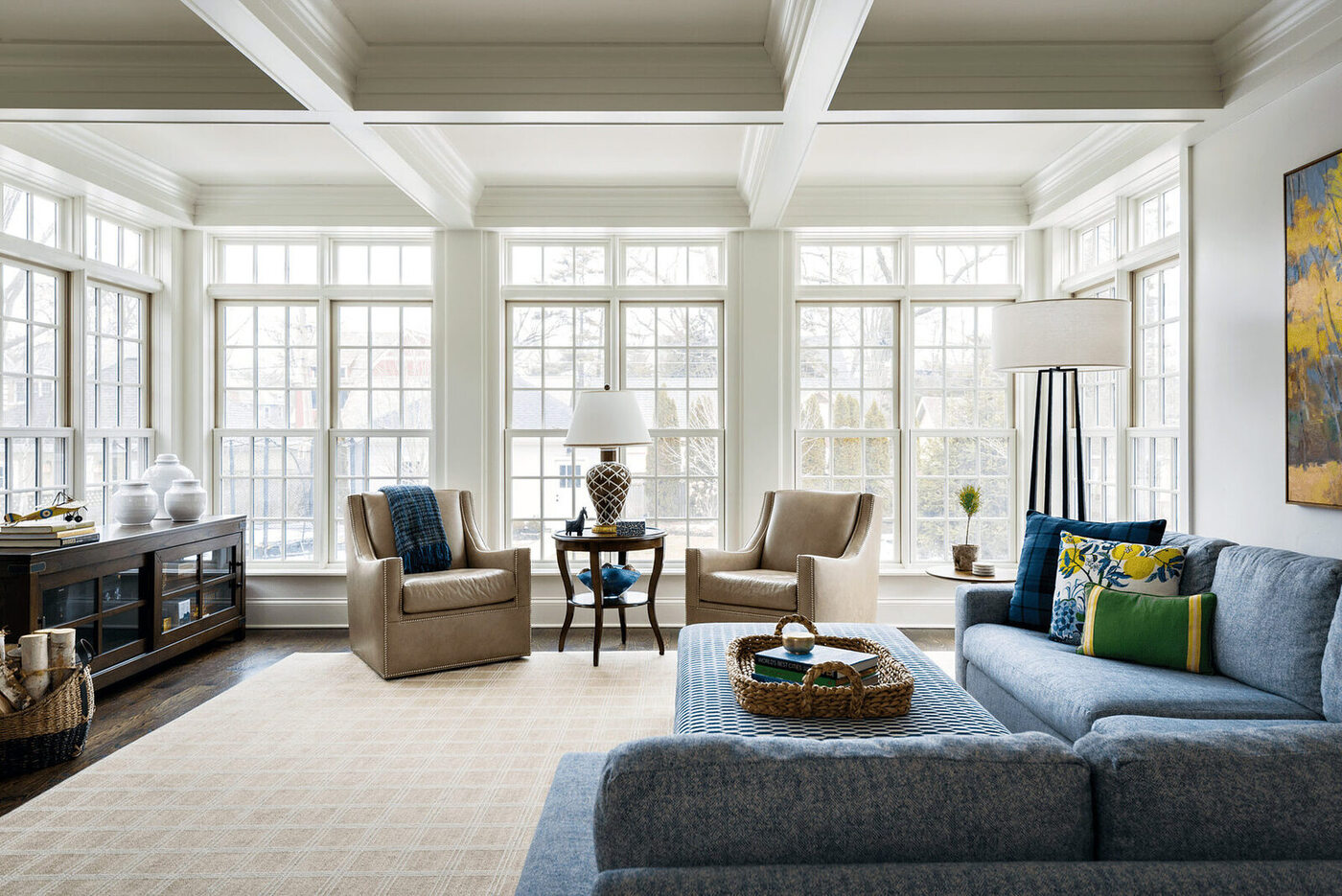

Interior Design
5 Professional-Endorsed Essentials For Small Living Rooms
Modified: January 7, 2024
Discover the 5 must-have interior design essentials for small living rooms, endorsed by professionals. Transform your space with these expert-approved tips!
(Many of the links in this article redirect to a specific reviewed product. Your purchase of these products through affiliate links helps to generate commission for Storables.com, at no extra cost. Learn more)
Introduction
Welcome to the world of interior design, where creativity and functionality merge to create stunning spaces that reflect personality and style. When it comes to designing small living rooms, it can be a challenge to maximize both comfort and aesthetics in a limited space. However, with the right strategies and tools, you can transform even the smallest of living areas into a stylish and inviting haven.
In this article, we will explore five professional-endorsed essentials that will help you optimize your small living room space. From space planning to furniture selection, clever storage solutions, lighting design, and color and pattern coordination, these key elements when combined together will create a cohesive and visually appealing living room.
Whether you are a homeowner looking to make the most of your limited living space or an interior design enthusiast seeking inspiration, this article will provide you with valuable insights to elevate the design of your small living room.
Key Takeaways:
- Maximize small living room space with professional-endorsed essentials: space planning, multifunctional furniture, clever storage, strategic lighting, and harmonious color coordination. Elevate functionality and style in limited spaces.
- Transform small living rooms into stylish havens with expert-approved strategies: prioritize space planning, choose versatile furniture, implement smart storage, craft effective lighting, and coordinate colors and patterns for visual appeal and spaciousness.
Essential 1: Space Planning
Effective space planning is crucial when designing a small living room. It involves analyzing the available space and strategically arranging furniture and other elements to maximize functionality and create a comfortable flow.
Start by measuring the dimensions of your living room and creating a floor plan. This will help you visualize how different furniture pieces will fit in the space and allow you to identify any potential layout challenges. Consider the placement of windows, doors, and architectural features when determining the best furniture arrangement.
When it comes to furniture selection, opt for pieces that are proportionate to the size of the room. Avoid bulky furniture that overwhelms the space and instead choose sleek, streamlined options. Consider multifunctional furniture, such as a sofa with storage compartments or a coffee table that doubles as a desk.
Another strategy for optimizing space is to utilize verticality. Incorporate tall bookshelves, floating shelves, or wall-mounted cabinets to take advantage of the vertical wall space. This not only adds storage options but also draws the eyes upward, creating an illusion of a larger room.
Furthermore, consider the traffic flow within the living room. Leave adequate space between furniture pieces to allow for easy movement. Avoid blocking pathways with furniture and create clear zones for different activities, such as seating, entertainment, and work areas.
By carefully planning the layout and arrangement of furniture, you can make the most of your small living room space while still maintaining a functional and visually appealing design.
Essential 2: Furniture Selection
Choosing the right furniture is essential when designing a small living room. Not only should it be visually appealing, but it should also serve a functional purpose and fit within the limited space available. Here are some tips to consider:
- Scale: Opt for furniture pieces that are proportionate to the size of your living room. Oversized furniture can make the space feel cramped, while small furniture may get lost in the room. Strike a balance by choosing pieces that fit comfortably without overwhelming the space.
- Multi-functional: Maximize the functionality of your small living room by selecting furniture pieces that serve multiple purposes. For example, choose a sofa with a pull-out bed for extra sleeping space or an ottoman with hidden storage compartments. These dual-purpose items help save space while providing practicality.
- Leggy and open: Look for furniture with legs that are raised off the floor, as this creates an illusion of openness and spaciousness. Avoid furniture pieces that sit directly on the floor, as they can make the room appear more cramped.
- Modular: Consider modular furniture that can be easily rearranged and customized according to your needs. This allows for flexibility in the layout and makes it easier to adapt the space for different activities and gatherings.
- Lightweight: Choose furniture that is lightweight and easily movable. This makes rearranging the space much simpler and allows for greater versatility in the design. Look for furniture made of materials like acrylic or lightweight metals.
Remember that less is more in a small living room. Avoid overcrowding the space with excessive furniture pieces. Instead, focus on selecting a few key items that fulfill your needs while leaving room for movement and maintaining an open and airy feel.
Ultimately, the furniture you choose should not only enhance the aesthetic appeal of your small living room but also contribute to its overall functionality and comfort.
Essential 3: Clever Storage Solutions
In a small living room, effective storage solutions are essential to keep the space organized and clutter-free. By maximizing storage options, you can create an airy and spacious atmosphere. Here are some clever storage ideas to consider:
- Utilize vertical space: Make use of the vertical wall space by installing floating shelves or wall-mounted cabinets. This not only provides additional storage but also draws the eyes upward, creating an illusion of a larger room.
- Multifunctional furniture: Choose furniture pieces that double as storage solutions. Look for ottomans with hidden compartments, coffee tables with built-in drawers, or sofas with storage underneath. These multipurpose pieces help you make the most of limited space.
- Underutilized spaces: Identify underutilized areas in your living room, such as the space above doorways or under windows, and transform them into storage opportunities. Install shelves or cabinets in these spaces to accommodate books, decorative items, or other belongings.
- Built-in cabinetry: Consider incorporating built-in cabinets or shelves into your living room design. These customized storage solutions can be seamlessly integrated into the room’s architecture, maximizing storage while maintaining a cohesive aesthetic.
- Storage baskets and bins: Utilize baskets and bins to keep smaller items organized and hidden from view. These can be placed on shelves, inside cabinets, or under coffee tables. Choose stylish containers that complement the overall design of your living room.
Remember to declutter regularly to ensure your storage solutions are effective. Get rid of unnecessary items and keep only the essentials, as a clutter-free space will make your living room feel larger and more inviting.
By implementing these clever storage solutions, you can create a well-organized and visually pleasing living room where everything has its place, allowing for a more functional and spacious environment.
1. Use multi-functional furniture, such as a sofa bed or ottoman with storage, to maximize space.
2. Opt for light, neutral colors to create the illusion of a larger space.
3. Utilize wall-mounted shelves to free up floor space and add storage.
4. Incorporate mirrors to reflect light and make the room feel more spacious.
5. Keep the room clutter-free by using smart storage solutions like baskets or bins.
Essential 4: Lighting Design
Lighting plays a crucial role in the design of any living space, and in a small living room, it becomes even more significant. Proper lighting can enhance the ambiance, create an illusion of space, and highlight key features of the room. Here are some essential considerations for lighting design in a small living room:
- Natural light: Make the most of natural light by keeping windows unobstructed. Use light-colored window treatments or sheer curtains to allow daylight to fill the room. Natural light creates a sense of openness and can visually expand the space.
- Ambient lighting: Install ambient lighting fixtures, such as overhead lights or recessed lighting, to provide overall illumination in the room. This type of lighting helps to create a warm and inviting atmosphere. Consider using dimmer switches to adjust the intensity of the light according to different moods and occasions.
- Task lighting: Incorporate task lighting sources, such as table lamps or floor lamps, to illuminate specific areas in your living room. These lights can be used for activities like reading, working, or highlighting artwork. Place them strategically to ensure adequate lighting without overpowering the space.
- Accent lighting: Use accent lighting to draw attention to architectural details or focal points in the room. This can be achieved through the use of spotlights, track lighting, or even wall sconces. Accent lighting adds depth and visual interest to the space.
- Mirrors and reflective surfaces: Maximize the effect of lighting by incorporating mirrors and reflective surfaces. They help to bounce light around the room, making it feel brighter and more spacious. Place mirrors strategically opposite windows or in dark corners to reflect natural and artificial light sources.
Remember to layer your lighting design to create a balanced and multidimensional atmosphere. By combining different types of lighting, you can achieve a versatile and inviting living room that can adapt to various activities and moods.
Take into account the positioning of electrical outlets when planning your lighting design, and consider incorporating energy-efficient LED bulbs to reduce energy consumption.
With the right lighting design, you can transform your small living room into a well-lit and visually appealing space that feels open and inviting.
Read more: How To Maximize Small Living Room
Essential 5: Color and Pattern Coordination
The color palette and pattern coordination in a small living room can greatly influence its visual appeal and perceived size. Choosing the right colors and patterns can create a sense of harmony, enhance the design elements, and make the space feel larger and more inviting. Here are some essential tips for color and pattern coordination:
- Light and neutral colors: Opt for light and neutral colors as the primary palette for your small living room. Shades of white, cream, beige, and pastels create a sense of brightness and openness. Light colors reflect natural and artificial light, making the room appear larger. You can introduce pops of color through accent pieces or accessories.
- Contrast and focal points: Incorporate contrasting colors to create visual interest and define focal points in the room. For example, pair a light-colored sofa with bold throw pillows or choose a darker shade for an accent wall. This contrast adds depth and dimension to the space.
- Monochromatic schemes: A monochromatic color scheme can be an effective choice for a small living room. Stick to varying shades of the same color to create a cohesive and harmonious look. This approach eliminates visual clutter and creates a calming and sophisticated ambiance.
- Pattern scale: When using patterns, pay attention to their scale and choose accordingly. In a small space, opt for smaller-scale patterns as they are less visually overwhelming. Balance busy patterns with solid colors to maintain a sense of equilibrium in the room.
- Texture and layering: Incorporating textures can add depth and visual interest to a small living room. Mix and match different textures such as soft fabrics, rough textures, and smooth surfaces. Layering textures can create a cozy and inviting atmosphere.
Avoid using too many contrasting colors or overwhelming patterns, as they can make the space feel chaotic and crowded. By carefully coordinating colors and patterns, you can create a visually cohesive and balanced living room that feels spacious and harmonious.
Remember that personal preferences and individual style should also guide your color and pattern choices. Experiment with different combinations until you find the one that reflects your personality and creates the desired atmosphere in your small living room.
Conclusion
Designing a small living room can be a challenging task, but by incorporating these five professional-endorsed essentials, you can create a space that is both functional and visually appealing.
First and foremost, effective space planning is key. Carefully consider the layout and arrangement of furniture to maximize comfort and flow. Choose furniture that is proportionate to the size of the room and opt for multifunctional pieces to save space.
Clever storage solutions are essential in a small living room. Utilize vertical space, invest in multifunctional furniture with hidden compartments, and make use of underutilized spaces. By keeping the room organized and clutter-free, you can create an open and inviting atmosphere.
Lighting design is often overlooked but plays a crucial role in creating the right ambiance. Maximize natural light, incorporate ambient, task, and accent lighting, and utilize mirrors to reflect light and make the room feel larger and brighter.
Color and pattern coordination can transform the look and feel of a small living room. Stick to light and neutral colors to create a sense of openness, introduce contrast for visual interest, and choose patterns with the right scale to avoid overwhelming the space.
In conclusion, designing a small living room requires thoughtful planning and attention to detail. By incorporating these professional-endorsed essentials – space planning, furniture selection, clever storage solutions, lighting design, and color and pattern coordination – you can create a beautiful and functional living room that feels spacious and inviting.
Remember that these guidelines are just a starting point, and you should feel free to add your personal touch and creativity to make your living room truly unique. Happy designing!
Frequently Asked Questions about 5 Professional-Endorsed Essentials For Small Living Rooms
Was this page helpful?
At Storables.com, we guarantee accurate and reliable information. Our content, validated by Expert Board Contributors, is crafted following stringent Editorial Policies. We're committed to providing you with well-researched, expert-backed insights for all your informational needs.
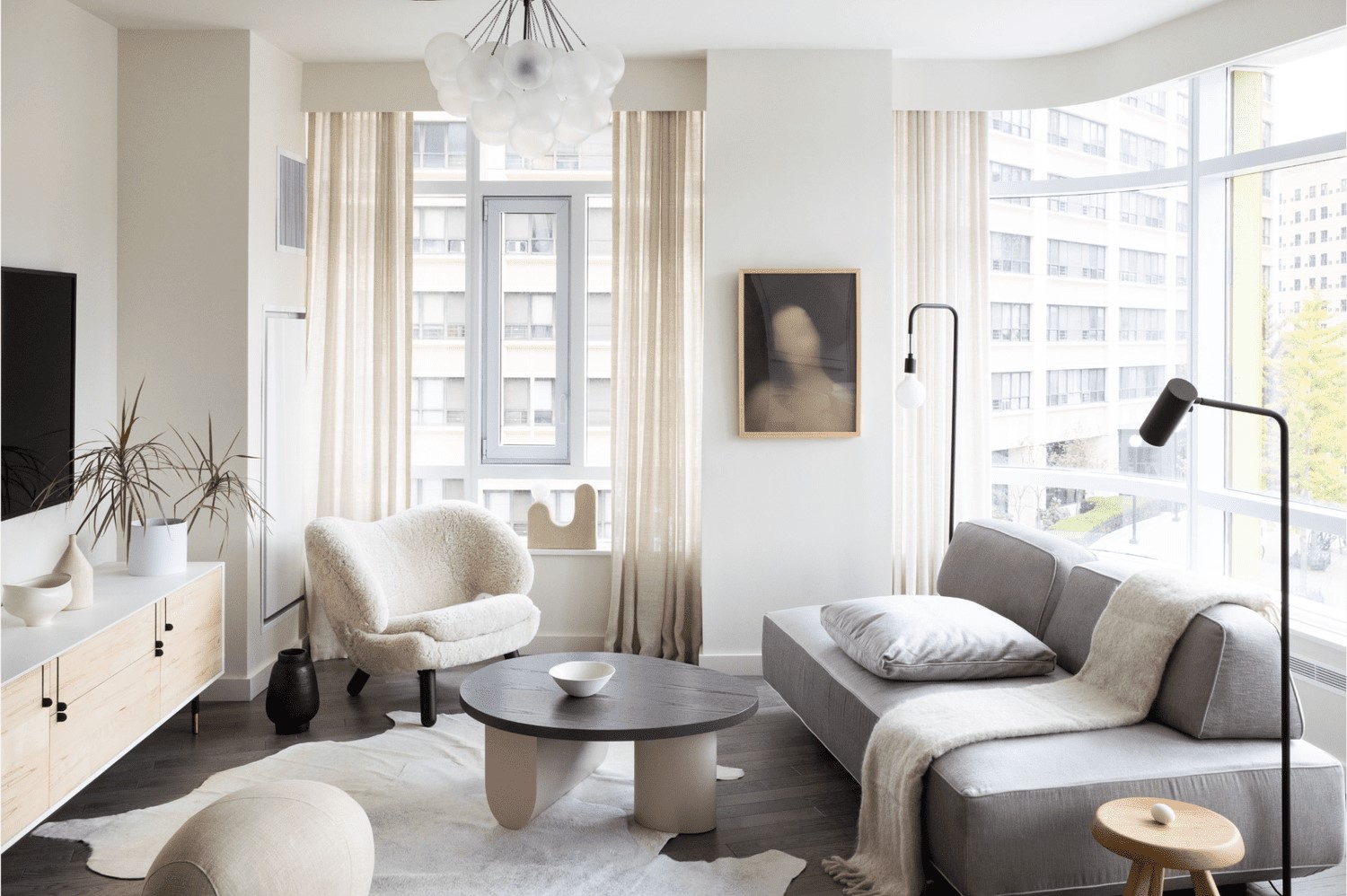
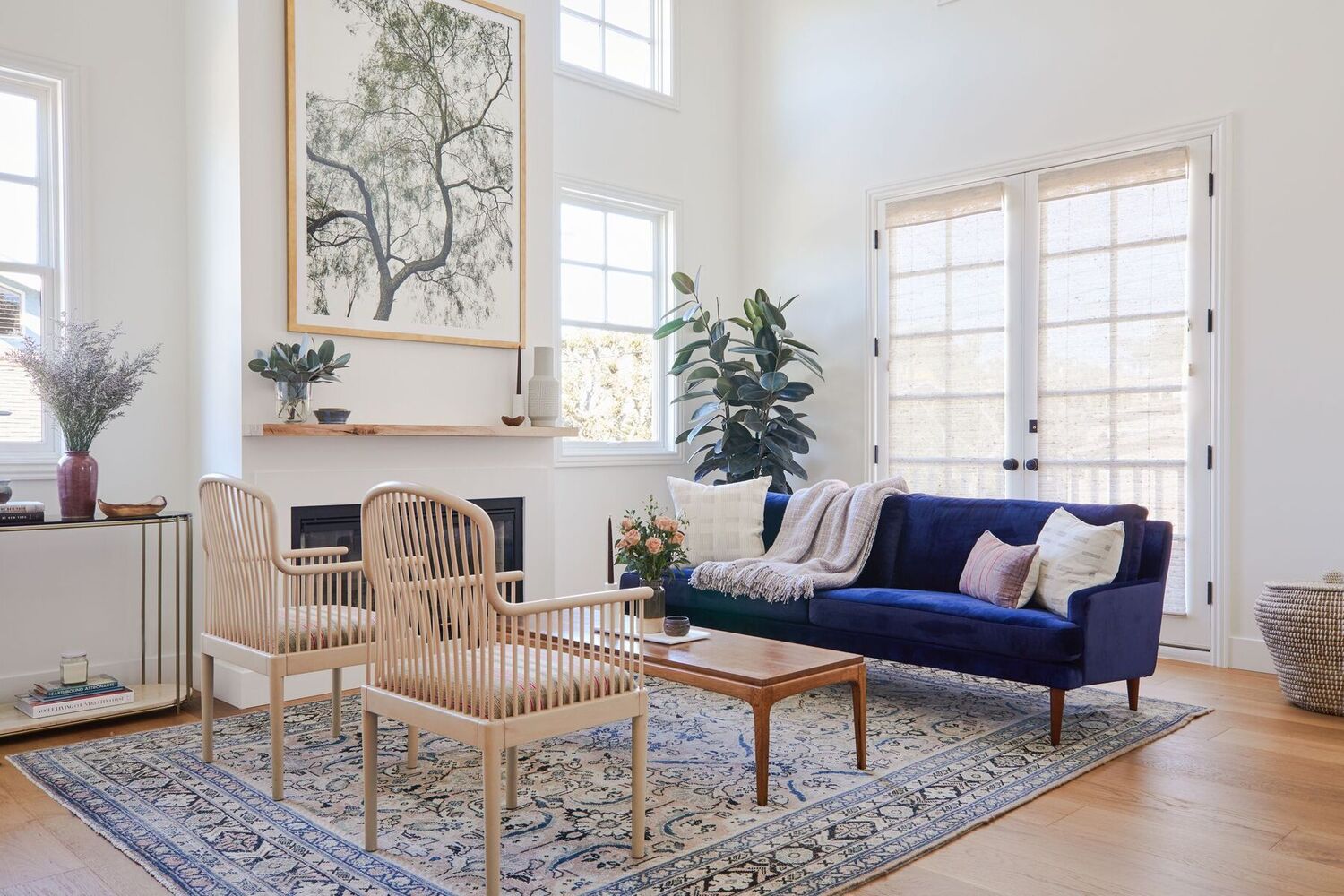
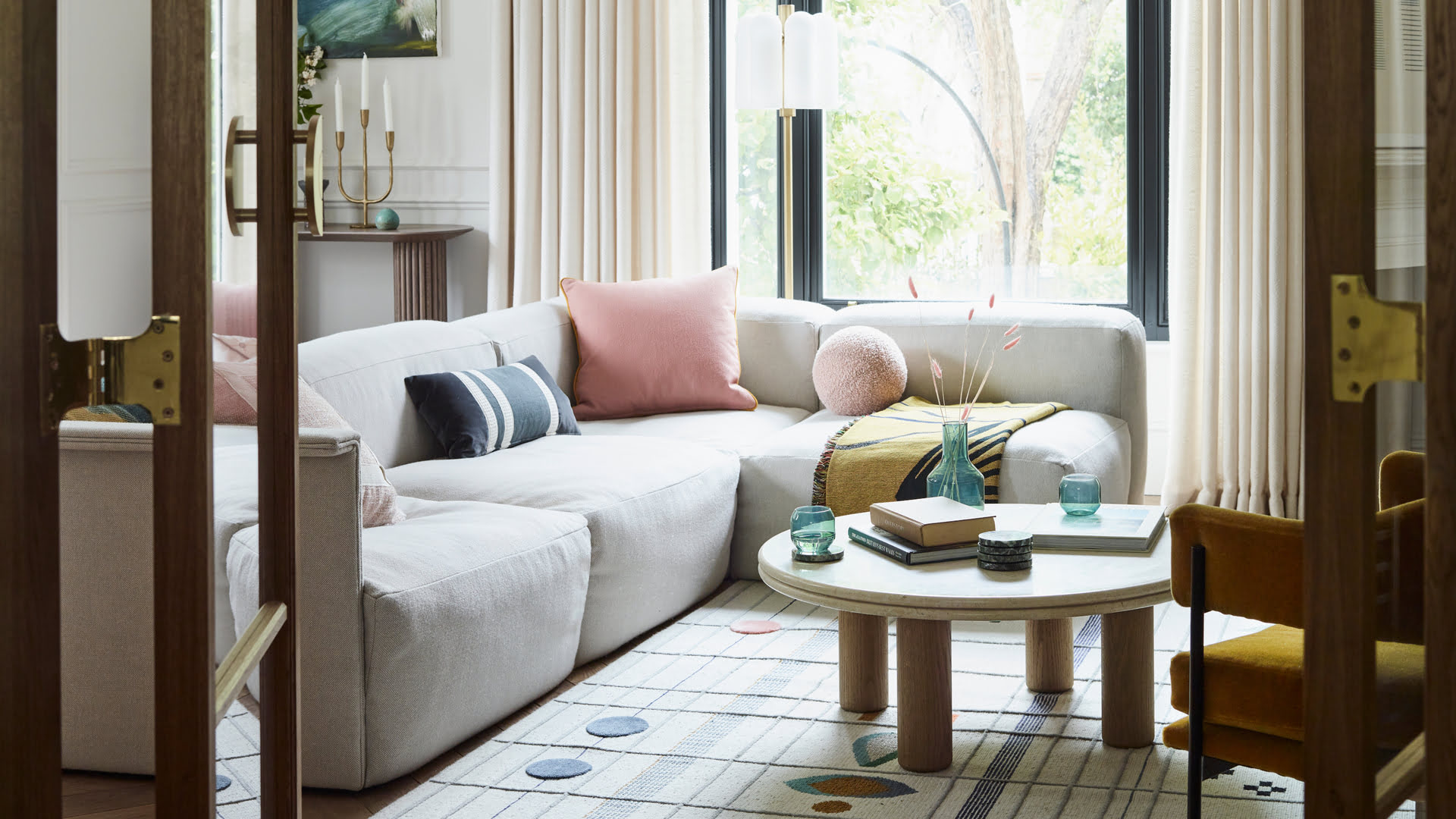
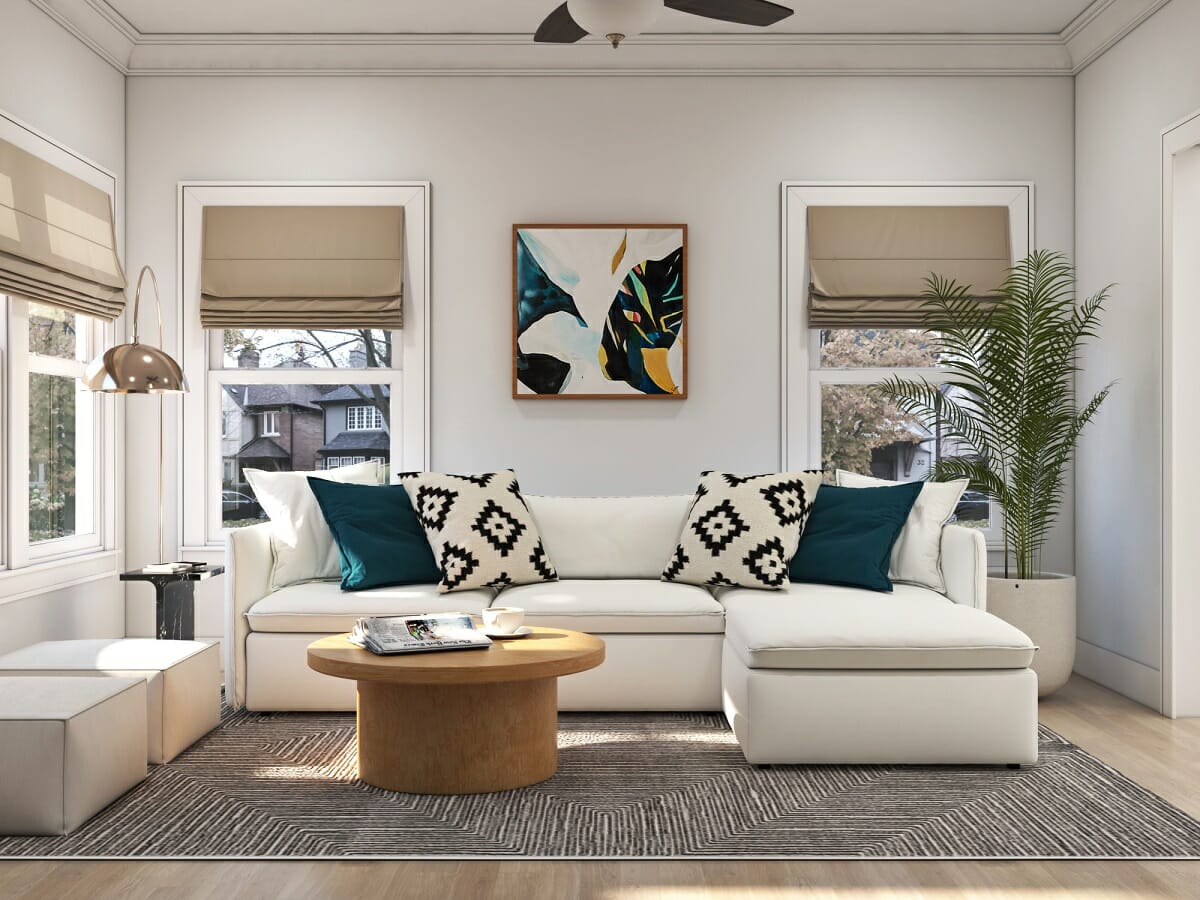
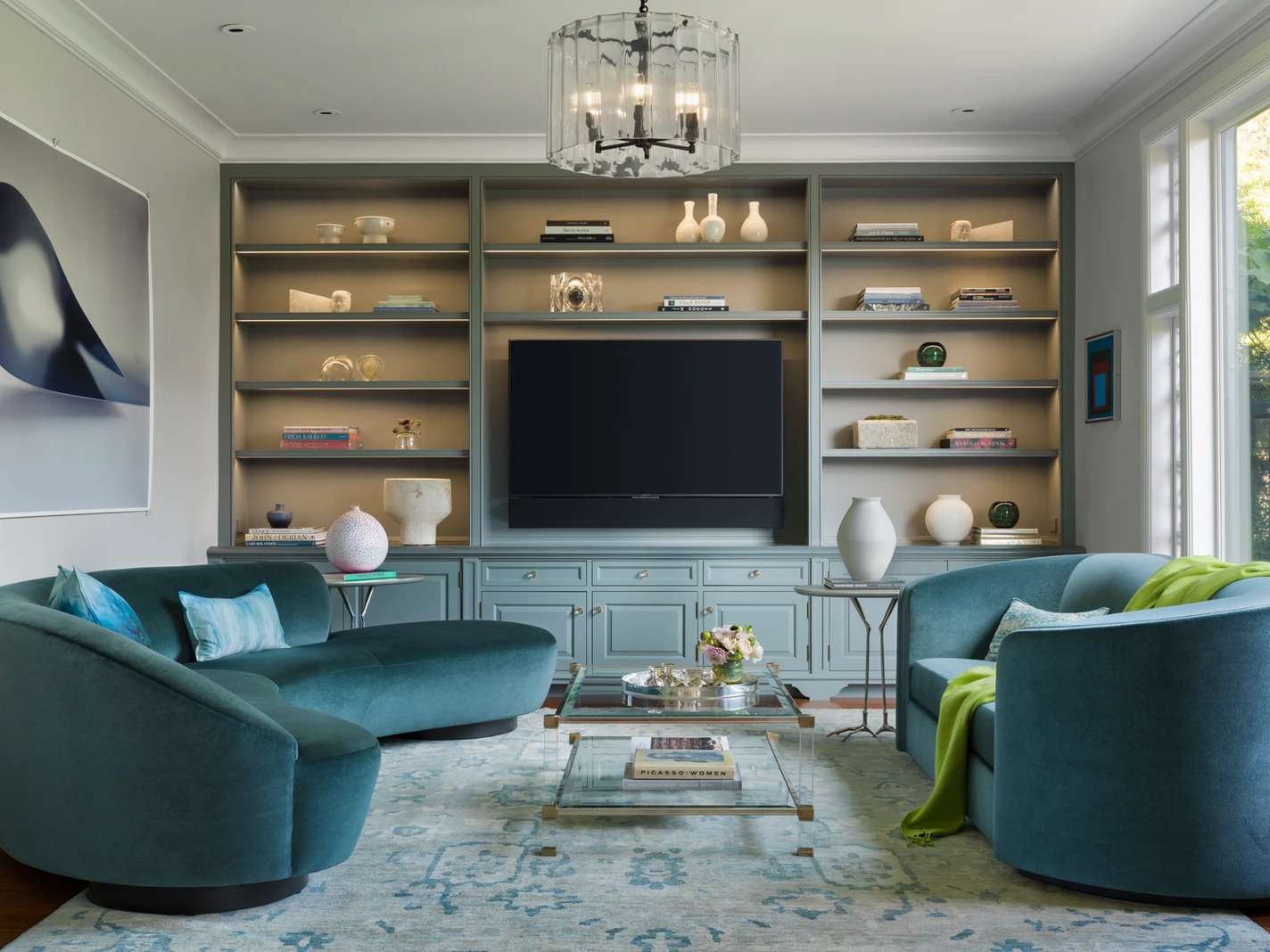
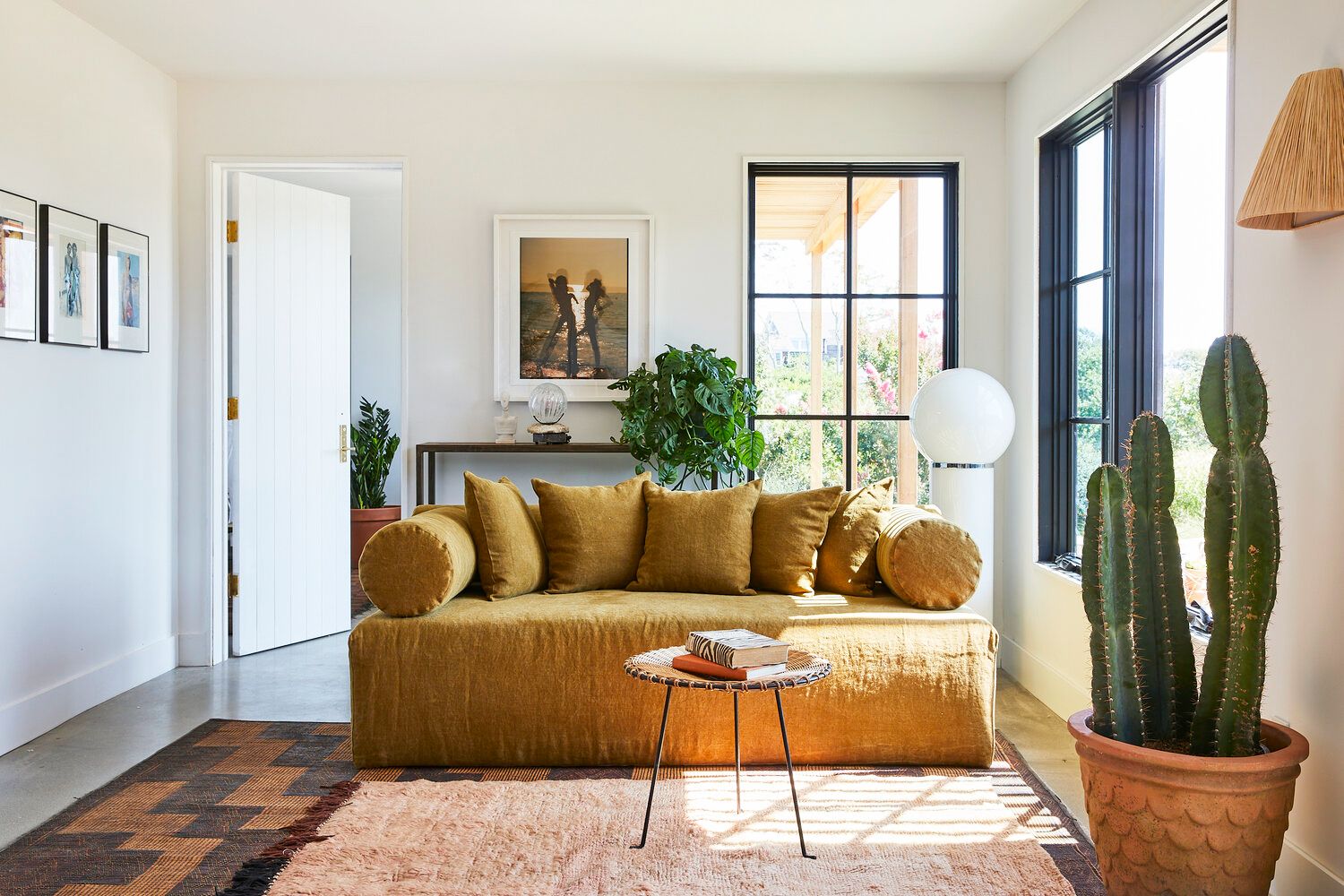
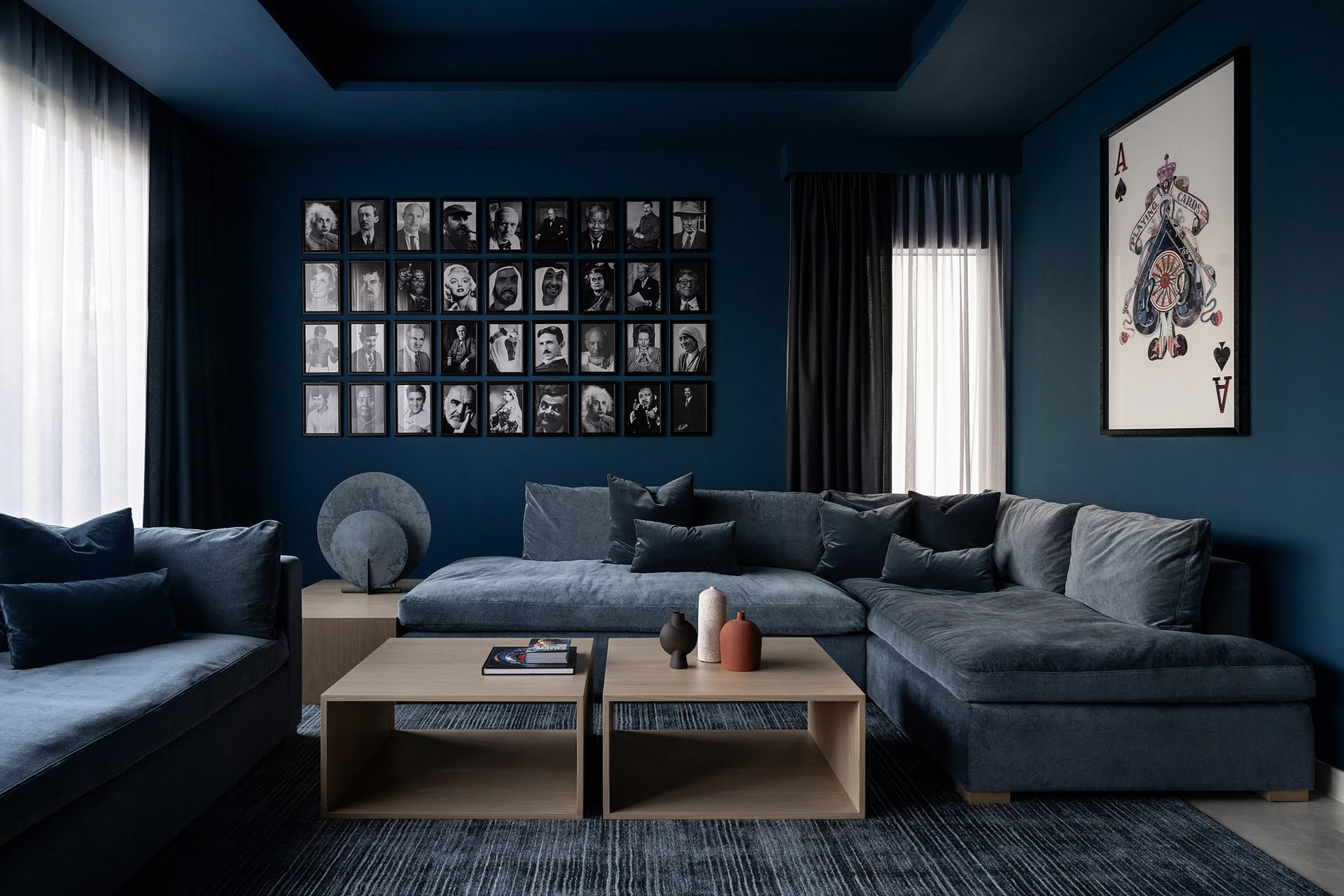
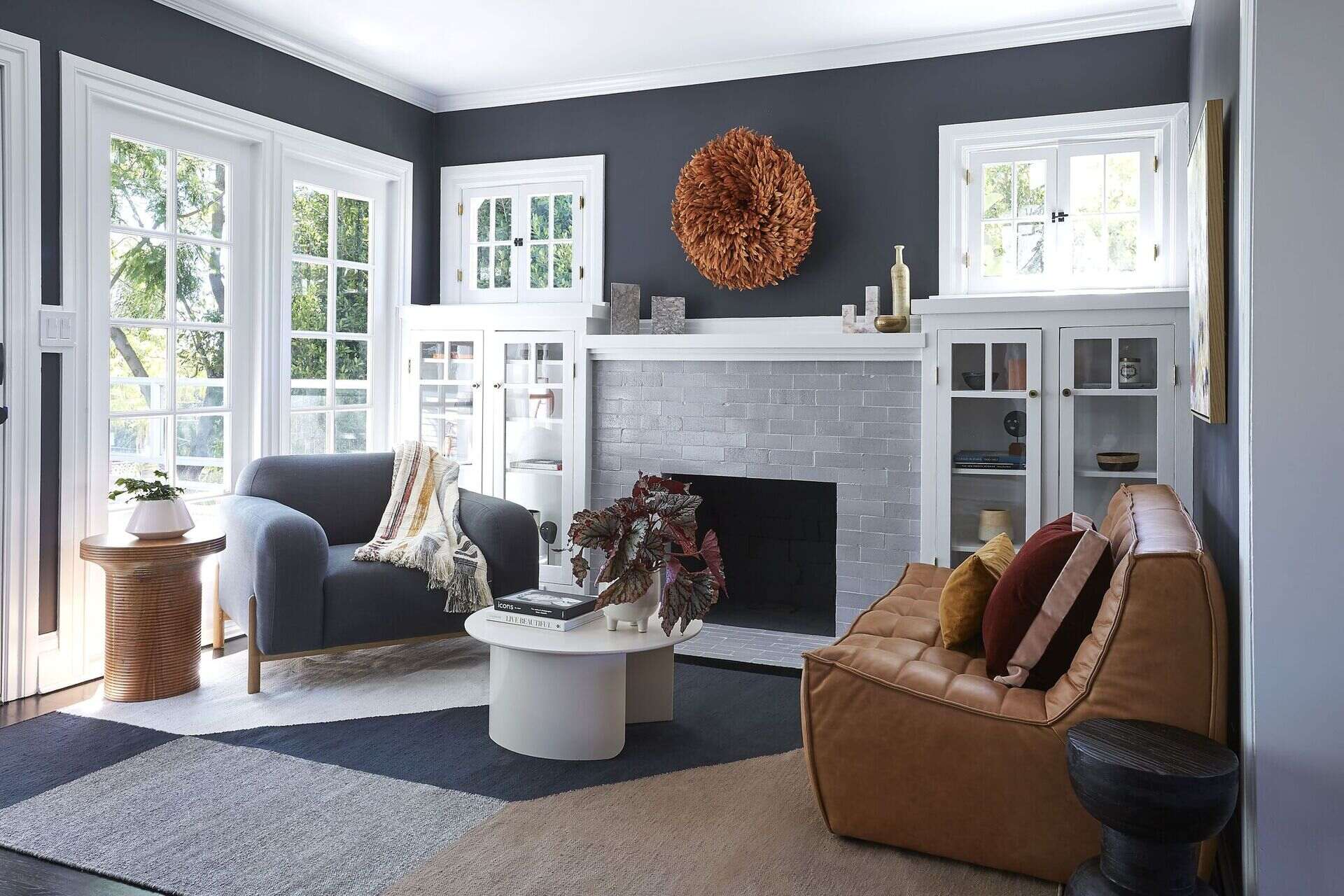
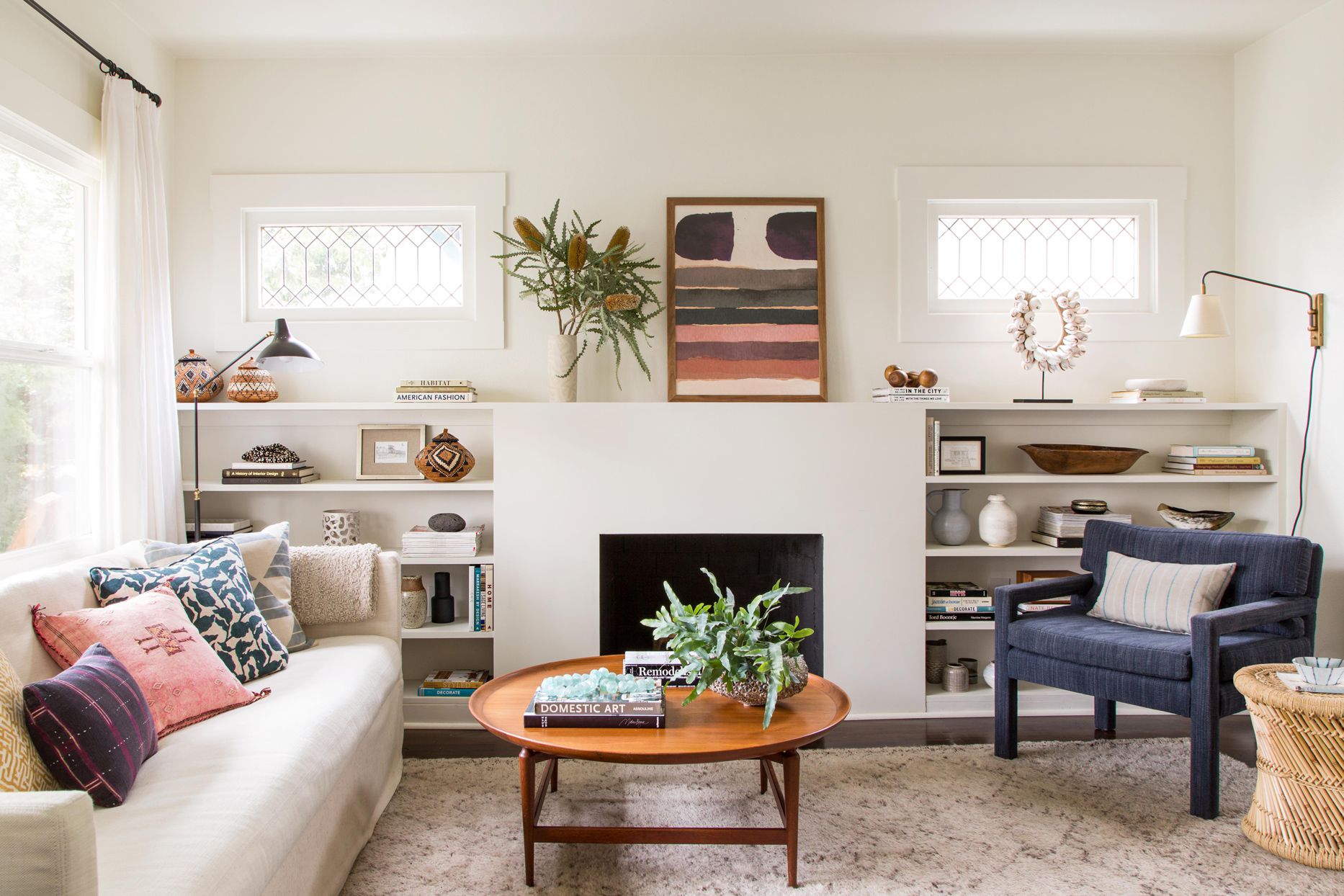
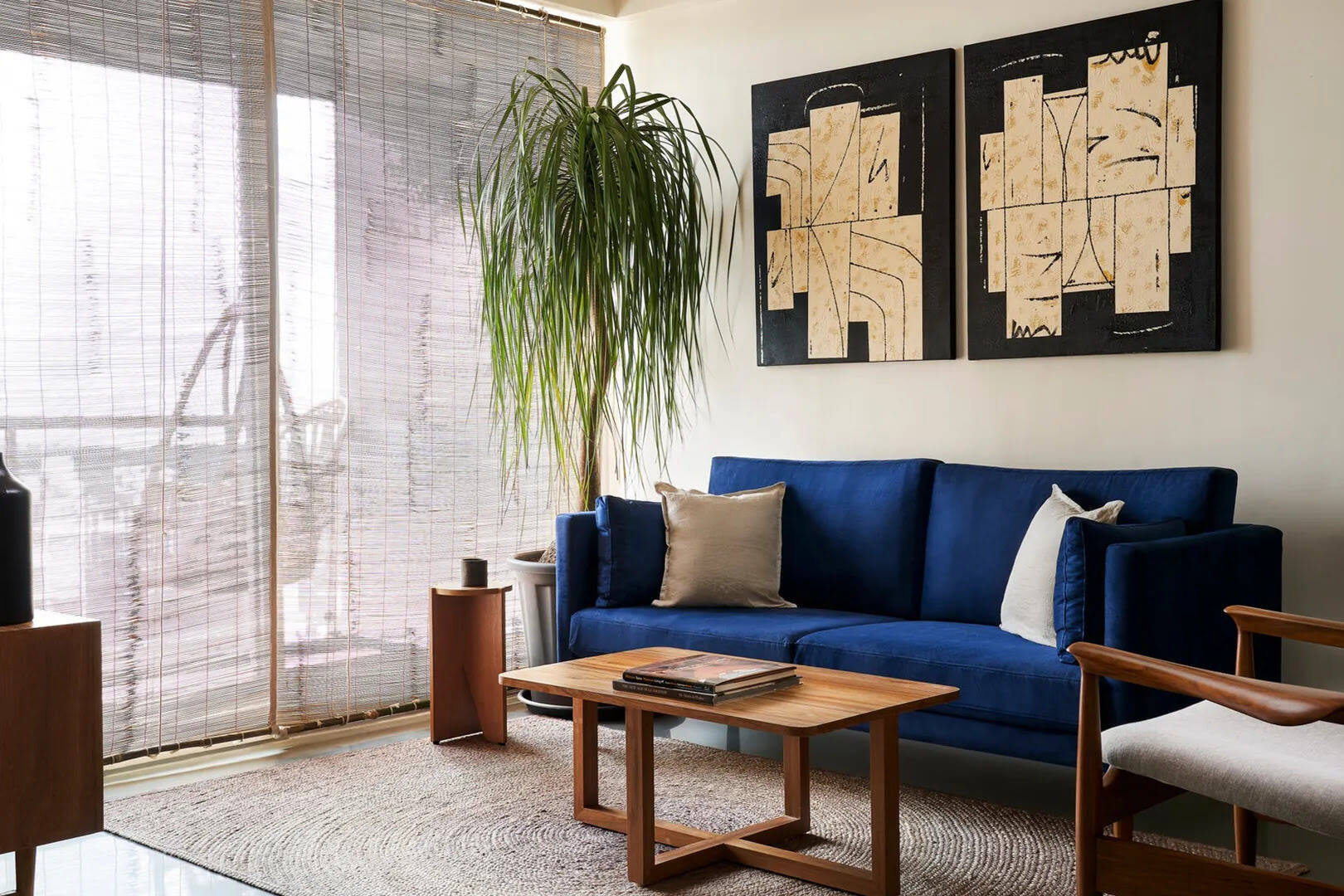
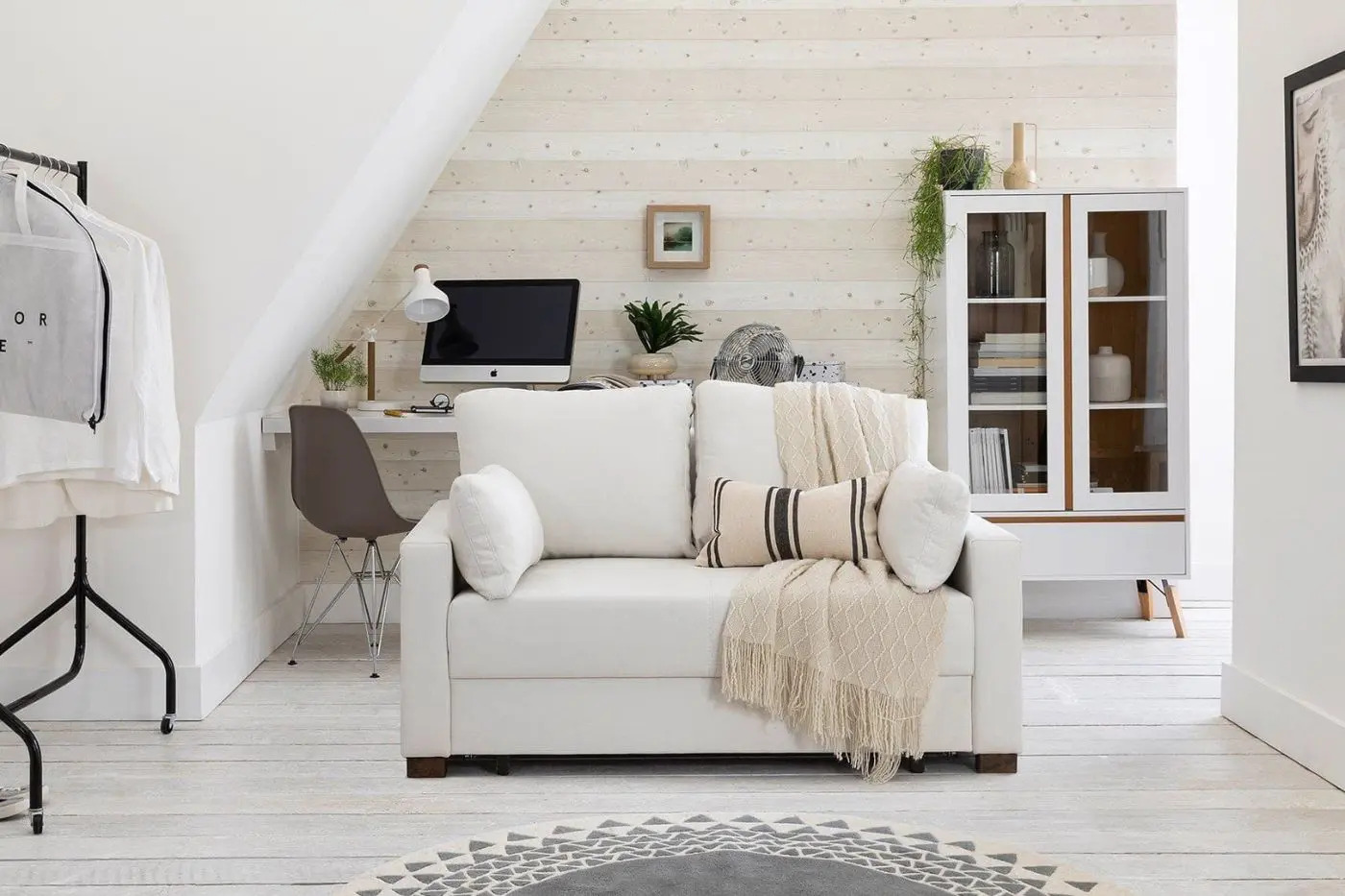
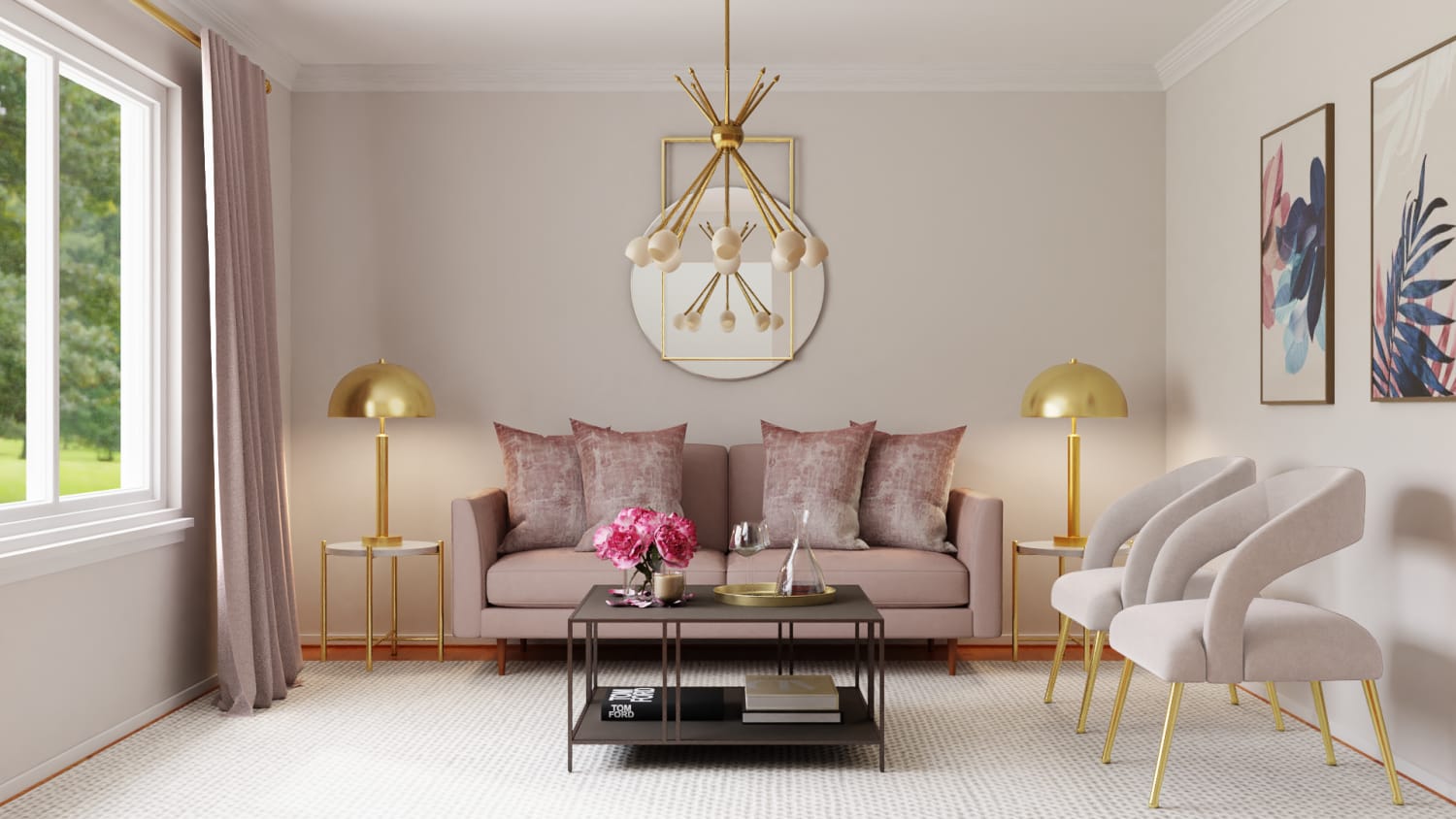
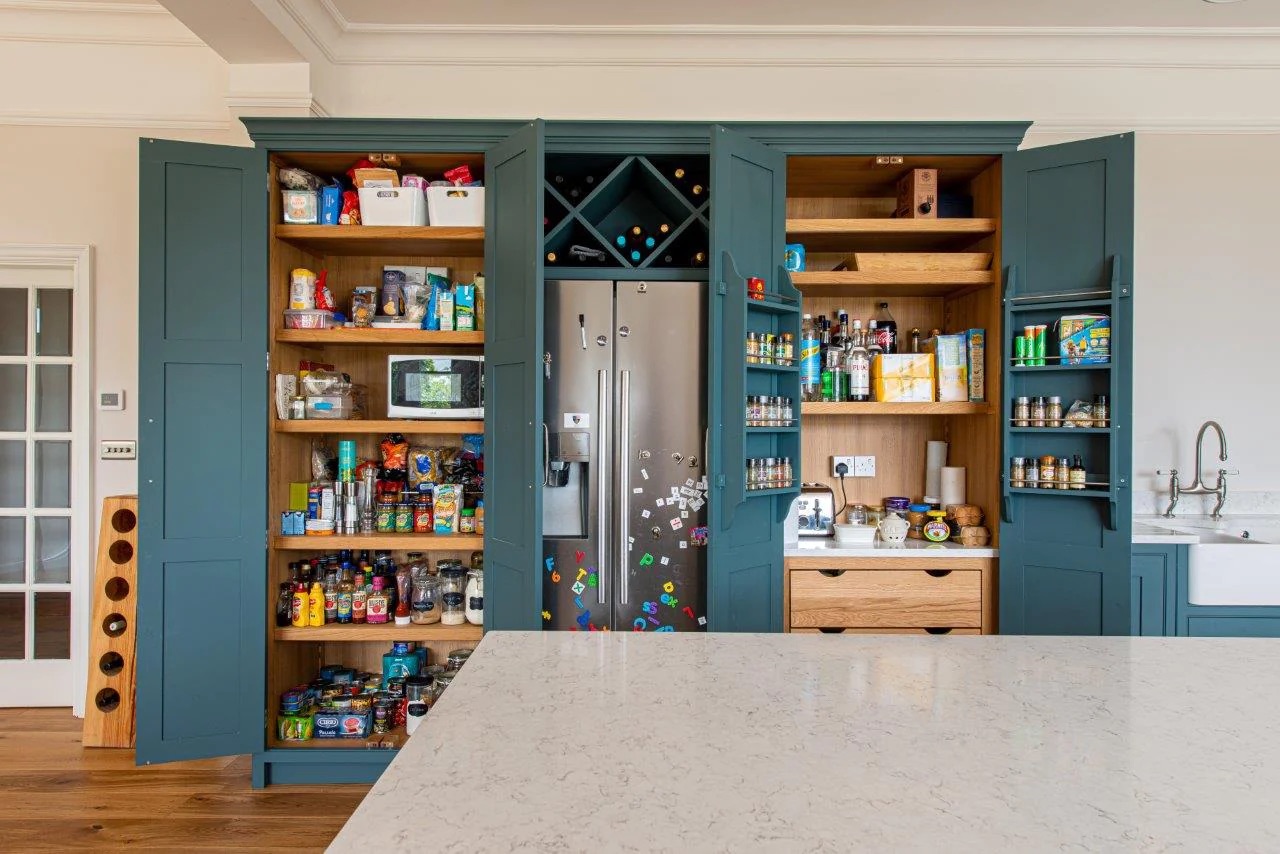
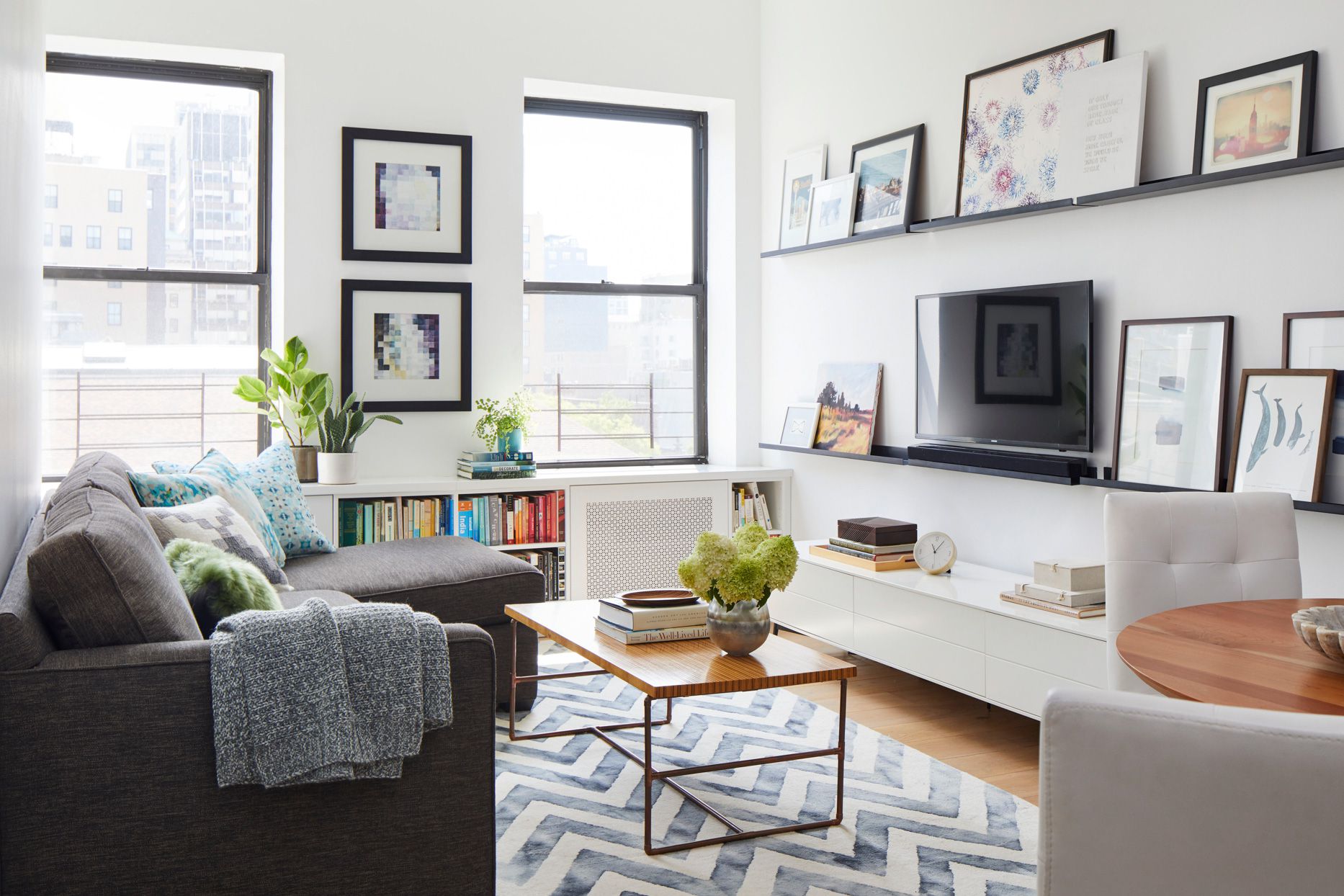

0 thoughts on “5 Professional-Endorsed Essentials For Small Living Rooms”